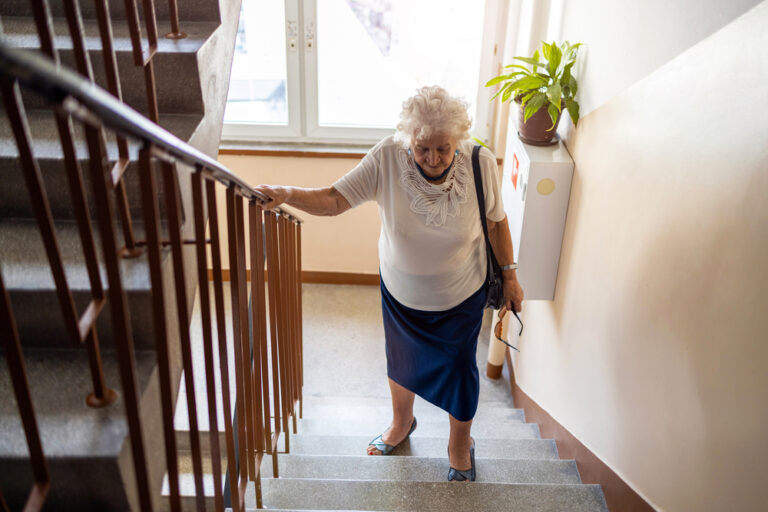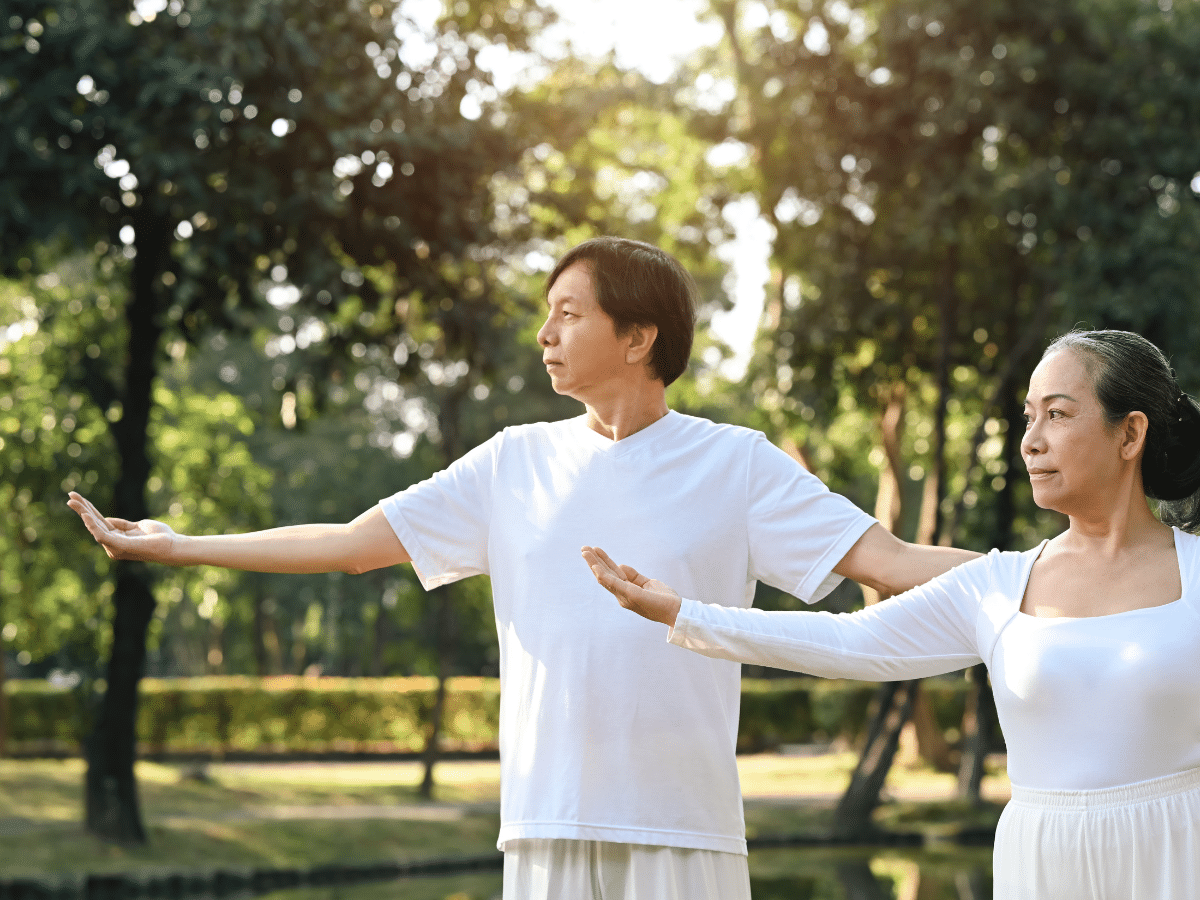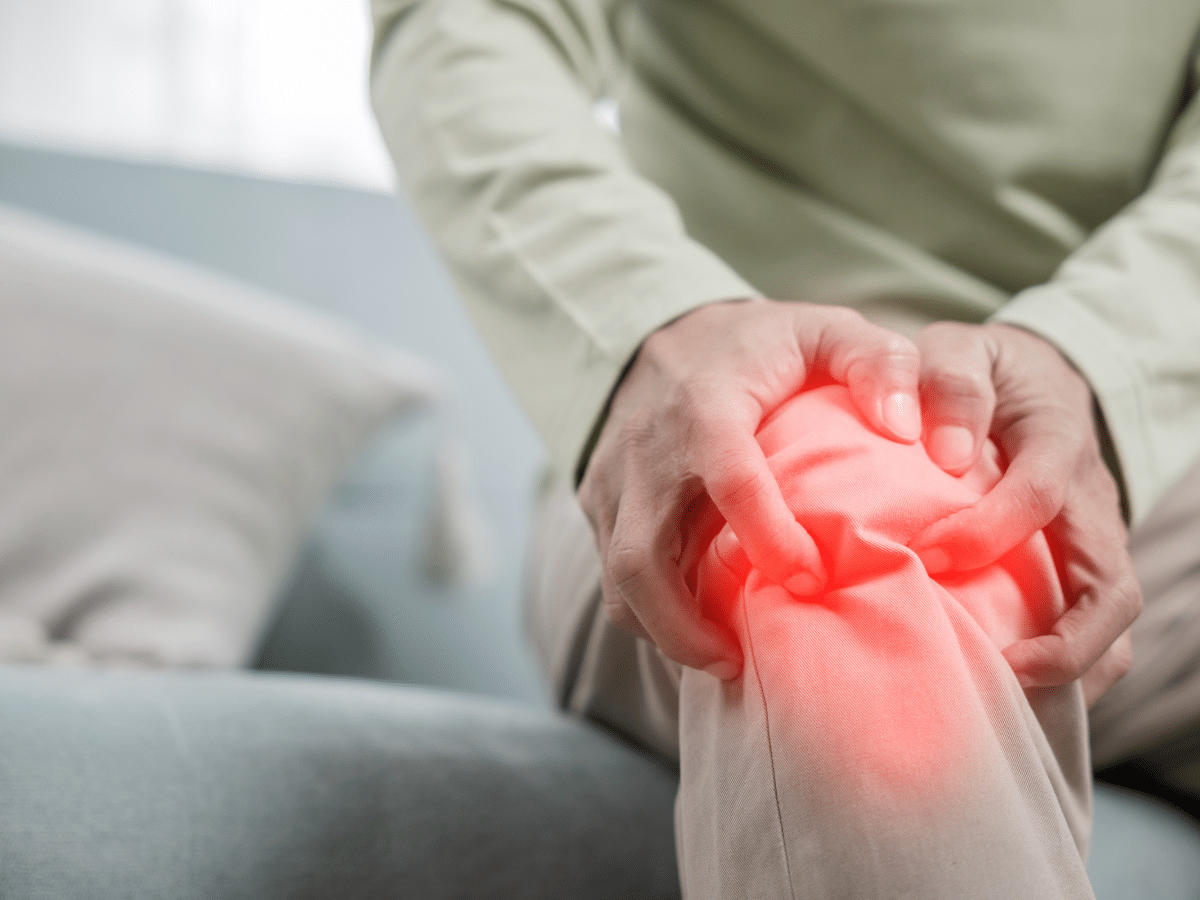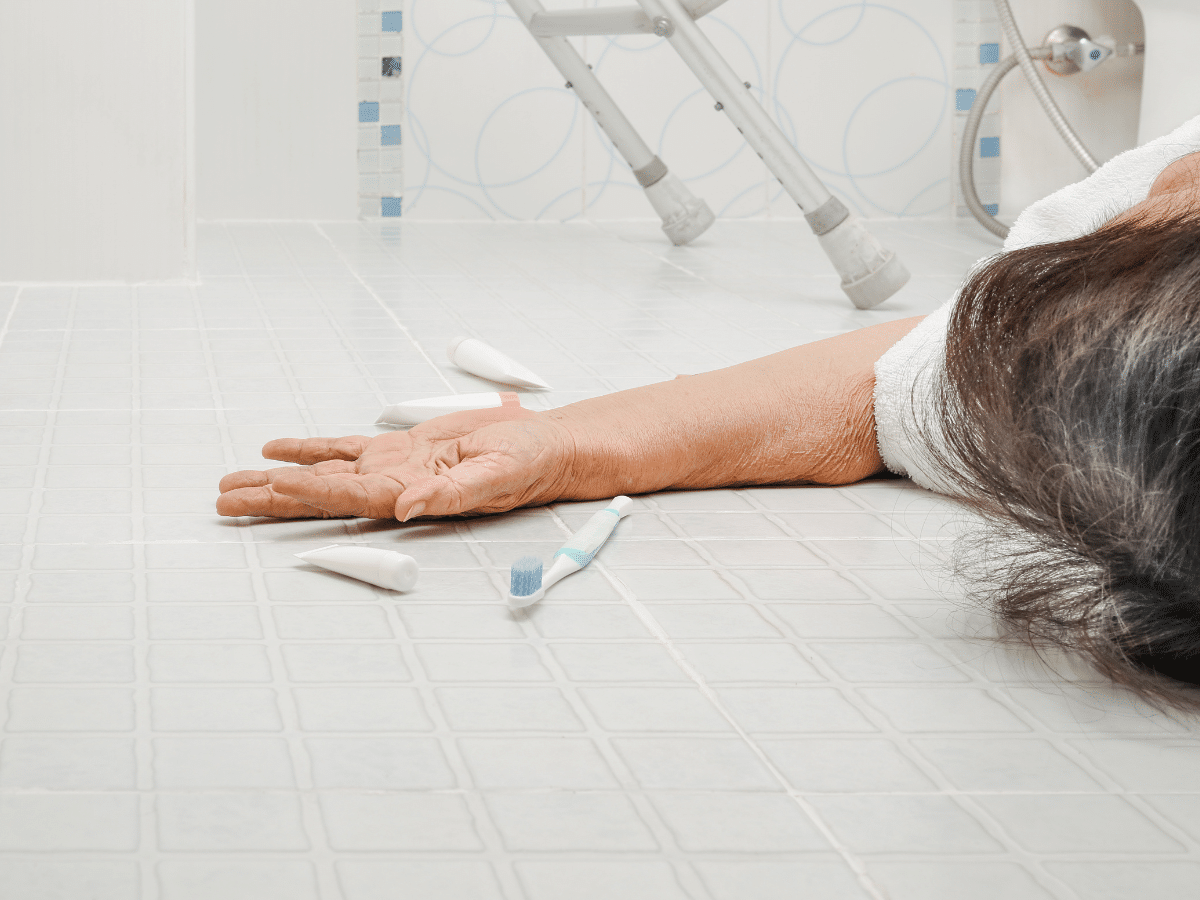If you live in a house, you undoubtedly use the stairs on a daily basis. Staircases, as we all know, enable us to visit different levels of the home. However, for individuals with mobility issues, staircases present major challenges. The dangers of stairs should not be taken lightly. This is especially true for the elderly.
According to the Government of Canada, “seniors are more at risk for falling on stairs than younger adults, and more likely to suffer severe injuries. In fact, seniors 65+ account for 70% of the deaths resulting from stair accidents.” So – with pun intended – which steps should be taken to promote stair safety in the home?
Add a little colour to your steps.
Seeing isn’t just believing – it’s keeping safe too. Not only should your stairwell be well-lit, but it pays to keep it visually vibrant. This is especially important in homes that inhabit seniors and those with vision impairments. Make your steps very easy to see so that falls can be avoided. Ensure there is adequate lighting and consider adding flat, colourful markings to each step so that they are highly visible.
“Paint a contrasting colour on the edge of wooden or concrete steps (or on the top and bottom steps), or apply special strips you can buy to enhance the visibility of each step,” suggests the Government of Canada.
Monitor your arthritis condition.
The Arthritis Society defines arthritis as “a collection of conditions affecting joints and other tissues. It causes pain, restricts mobility and diminishes quality of life. It’s serious. 1 in 5 Canadians live every day with arthritis and there is no cure.” Given this definition, it’s understandable if sufferers of the condition have trouble walking up and down the stairs. If you have arthritis in your knees, for example, it’s vital you get some assistance with stair-climbing.
“While there’s much more than arthritis involved in falls on stairs, there also is evidence that it is a major contributor to a serious lack of stair safety,” writes Cubby of Toronto’s Eldercare Home Health, “For example, postmenopausal women with knee arthritis are at 27% greater risk of falling than women of the same age who don’t have arthritis.”
Secure any and all stair coverings.
Some stairs have partial carpeting. The idea, we imagine, is to offer a soft and slip-free surface. However, stairs with such coverings can present dangers if those coverings aren’t securely fastened. Be sure that nothing on your stairs is protruding from its surface. Even if the coverings are laying flat, it’s important to check to see that they aren’t loose. Slipping on a loose carpet is a surefire way to cause an injury on the steps.
“Stair carpeting can cause slips,” affirms the Government of Canada, “Consider removing it or replacing it with well-secured rubber stair treading.” Their website also advises homeowners to ensure that all handrails are well attached to the wall and easy to grasp.
Install a stair lift.
A stair lift is a motorized chair. It slowly and safely glides up and down a set of stairs affixed to a metal rail that is mounted to the stair treads. Stair lifts can be mounted on either straight or curved staircases. This makes it easy to access other levels of your home with any type of stair design.
To learn all about the stair lifts offered by LifeCare Mobility Solutions, please don’t hesitate to call us at 416-267-9800 or email us at info@seodevelopmentserver.com. You may also contact us by filling out the form on our Contact page!












































